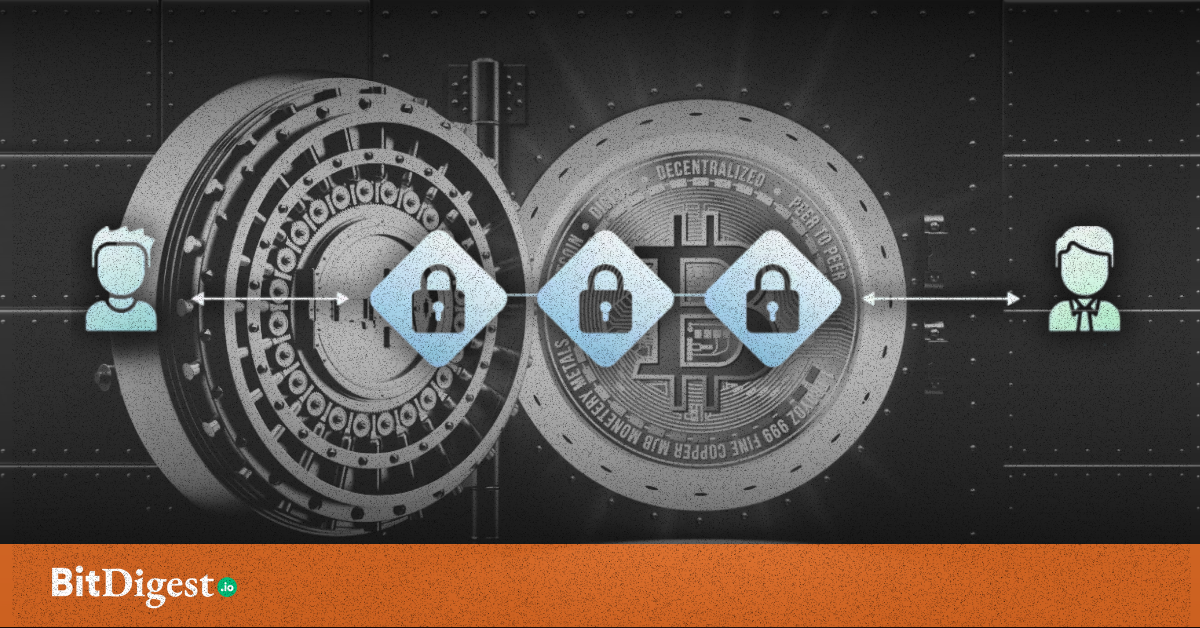What Are the Different Blockchain Layers?
If you're new to the blockchain, you might be surprised to discover that they're more than just blocks of stored data on a chain. They actually have many layers.
If you're more acquainted already with the blockchain, you've probably heard of them or their terms at some point. Does Layer 0, 1, 2, or 3 ring a bell?
But, what do these layers do? Why does a blockchain need layers? Let's discuss the key ideas of blockchain layers and what they do.
When thinking about why blockchains would need various layers, we can look towards the internet as a prime example. The internet is architecturally layered, with different functionalities split into separate layers that build on top of the other. This allows for only specific parts to be worked on, without the need for other foundations to be touched. Because of the distinction between the protocols per layer, it allows for scalability, interoperability, and multiple use cases all under one infrastructure.

The same ideas can be applied to the different layers of the blockchain. While the blockchain may have a different number of layers with different functions, its goal for having a layered architecture is very similar to that of the internet.
On the blockchain, these layers are called Layer 0 (L0), Layer 1 (L1), Layer 2 (L2), and Layer 3 (L3).

Layer 0
The lowest layer. It consists of the hardware, internet, and connections that would allow the Layer 1 blockchains to run smoothly and efficiently. Protocols from which entire blockchains can be built on and allow for interoperability between these chains are also in this layer.
A popular protocol on this layer is Cosmos. Cosmos provides open-source tools that allow blockchains that are built using them to be interoperable and communicate with each other, while still allowing projects to cater to their own blockchain needs. Because of this, gas costs can be reduced without affecting the throughput much.
Layer 1
The blockchain itself and layer in charge of security. This layer ensures that the protocols for the blockchain network are being followed and implemented. It carries out the consensus processes, programming languages, and other technical processes to finalize transactions on its chain. In short, it is generally concerned with the creation and addition of new blocks to the chain.
The widely known Bitcoin and Ethereum are examples of L1 blockchains. They both use proof-of-work (PoW) as their consensus protocol as it achieves better security by requiring miners to decode complex algorithms. However, PoW requires a lot of resources and the difficulty in decoding makes it slow. Ethereum has plans of switching from PoW to proof-of-stake (PoS), which would make the network much faster albeit less secure*.
Side note: Consensus mechanisms will be talked about in the next blog!
Layer 2
This layer focuses on scalability and is where applications run. It acts as a third-party integration that primarily handles all the transaction authentications by being built on top of L1 and continuously communicating with it. This allows more nodes to be added to the network, which increases throughput without clogging L1 too much.
Polygon is an example of a Layer 2 network built to help scale the Ethereum blockchain. It runs alongside Ethereum by bundling multiple transactions into one and posting them back to the L1. It allows for faster transactions, which ultimately reduces gas fees.
Layer 3
L3 is the user interface that talks to the blockchain and end-users. Applications built on this layer allow for real-world uses of the blockchain such as games, decentralized finance (DeFi), and storage. Many of these applications also have cross-chain capabilities which allow users from several blockchains to use them.
An example of a Layer 3 blockchain is Uniswap which is an automated and decentralized Ethereum-based crypto exchange. The decentralized application (DApp) allows users to trade their crypto at lower fees as opposed to centralized order-book exchanges such as Binance and Coinbase. It also does not require users to give up their private keys which makes trading more secure.
As people start to widely use blockchain and cryptocurrencies, there is still much to improve with their development. As a result, these layers may encounter problems from time to time but given crypto's rising adoption and the use cases that the blockchain brings many companies and individuals are constantly working to make blockchain layers more secure, scalable, and decentralized.

Content Sources
https://a16z.com/crypto-startup-school/
https://www.cnbctv18.com/ cryptocurrency/ crypto-crash-bitcoin-ethereum- solana-and-cardano- down-job-losses-in-crypto-13812932.htm
https://cointelegraph.com/blockchain-for-beginners/a-beginners-guide-to-understanding-the-layers-of-blockchain-technology#
https://insights.tokenmetrics.com/layer-0-blockchain-protocols/
https://www.binance.com/en/blog/fiat/layer-1-blockchain-tokens-everything-you-need-to-know-421499824684903155
https://www.benzinga.com/money/what-is-polygon/
https://medium.com/xpring/layer-3-is-for-interoperability-ca387fa5f7e2
.svg)


.svg) SHARE TO FACEBOOK
SHARE TO FACEBOOK SHARE TO TWITTER/X
SHARE TO TWITTER/X SHARE TO LINKEDIN
SHARE TO LINKEDIN SEND TO MAIL
SEND TO MAIL





.svg)


.svg)